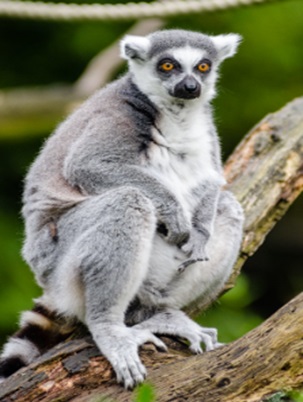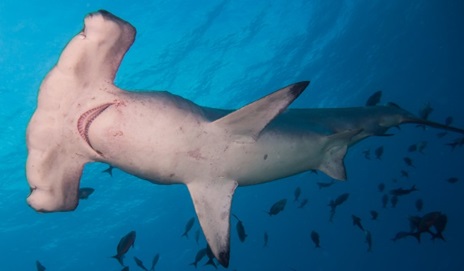What Is the Importance of Wildlife Conservation?
1.What Is a Vulnerable Category According to the IUCN?
- The IUCN has categorized animals according to their rate of extinction risk.
- Several species of animals are categorized into various groups and enlisted under the IUCN Red List.
- The vulnerable list caters to animals at a high risk of extinction due to human-caused reasons.
- The leading cause of the extinction of vulnerable species is habitat loss.
Examples are Lemurs, pangolins, Nilgiri langur, and Masai giraffes.

2.What Is Red Data Book?
- The Red Data Book documents the list or categories of endangered species or animals.
- The categories incorporated in the red data book are-
| Categories | |
|---|---|
| Index | Title |
| 0 | Extinct |
| 1 | Extinct in wild |
| 2 | Critically endangered |
| 3 | Endangered |
| 4 | Vulnerable |
| 5 | Near Threatened |
| 6 | Least Concern |
| 7 | All Species |
3. What Is Ivory?
- The hard white substance elephant tusks are made up of is called ivory.
- Various patterns and designs can be carved on ivory, and this type of handicraft is famous in many parts of India, Sri Lanka and Thailand.
- Poachers illegally hunt elephants for ivory, killing them or extracting their tusks.
- The international or national trade of ivory is illegal now because of the drastic decrease in the number of African and Asian elephants.

4.Why Is the Number of Hammerhead Sharks Decreasing?
- According to the World Conservation Union (IUCN), 2008, hammerhead sharks are considered endangered animals.
- These creatures are rapidly declining in their natural habitat due to poaching and overfishing.
- They are poached for shark fin soup and liver oil.

5.What Is Endemic Species? The Indian Onager Is Endemic to Which Part of the Country?
- The species found only in particular habitats are called endemic species.
- The Indian onager is endemic to the Rann of kutch, situated in Gujarat in India.
- Indian onager is a variant of wild ass listed in the Nearly Threatened category by the IUCN.
- The reasons for the sharp decline are an outbreak of a deadly disease called South African Horse Sickness and habitat destruction done by the local nomadic people.

6.What Is the Habitat of the Malabar Giant Squirrel, and Does the IUCN Recognize Them?
- The Malabar Giant Squirrels are native to the Eastern Ghats, the Western Ghats and the Satpura range of Madhya Pradesh, India.
- They live in tropical, moist and evergreen forests.
- This animal is enlisted in the Least Concern category as its population is gradually decreasing in its natural habitat.

Share

